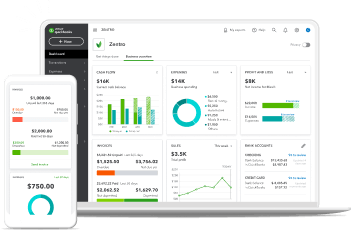One of the most appealing aspects of being a business owner is the ability to pay yourself. Unlike in a corporate setting, you are not reliant on others to manage the business or compensate you for your work. This grants you the freedom to set your own income, determine the level of effort you invest, and, ultimately, reap the benefits of your hard work.
While this all sounds relatively straightforward, you'll need to figure out how to do it, which can be a bigger task than expected.
As a business owner, how you pay yourself depends on the type of business you have. If you're a sole proprietor, you get a draw, but if you have a partnership, you'll share the profits or losses according to your partnership agreement.
Single-member LLCs are kind of like sole proprietors and they take funds from the business, but if you have a multi-member LLC, it's treated like a partnership so everyone gets a piece of the profits and losses.



